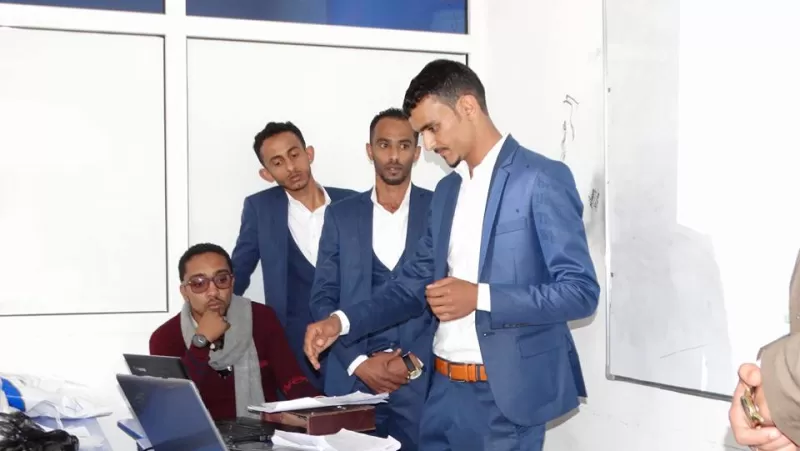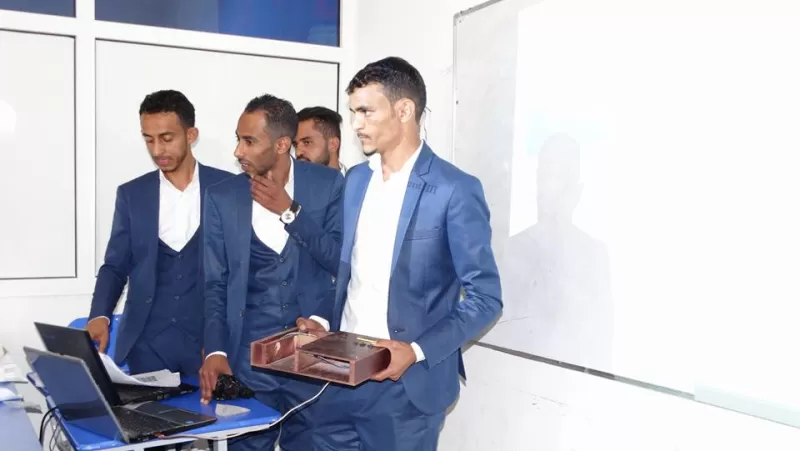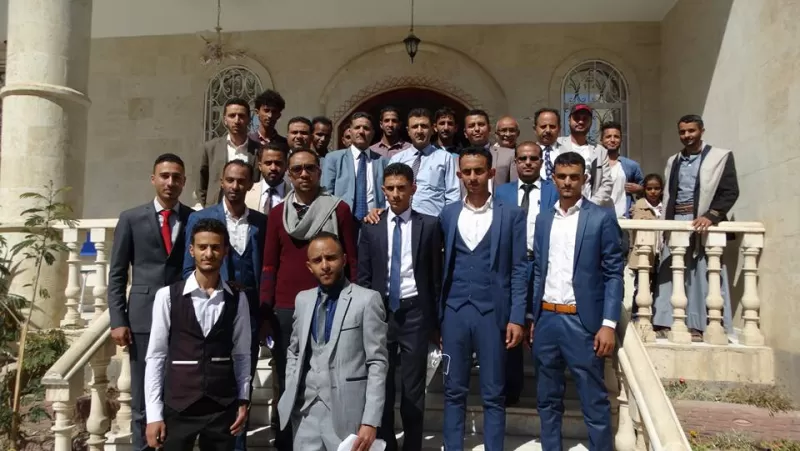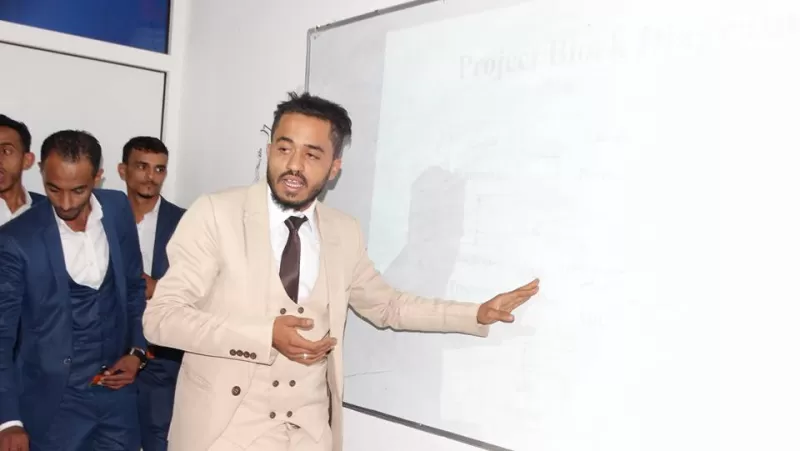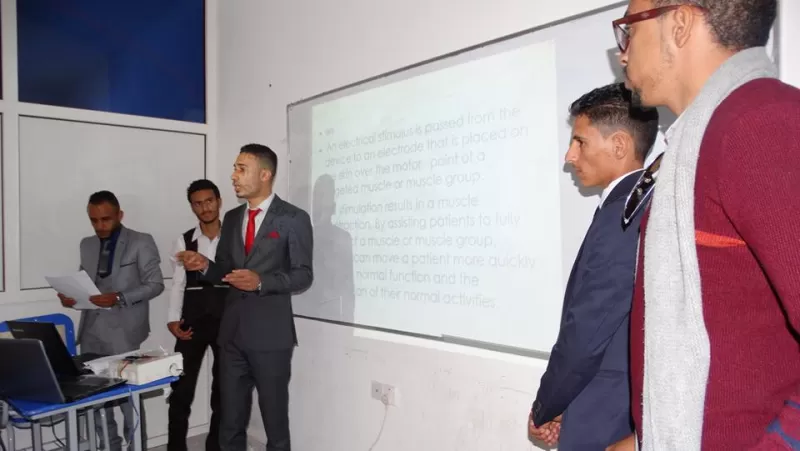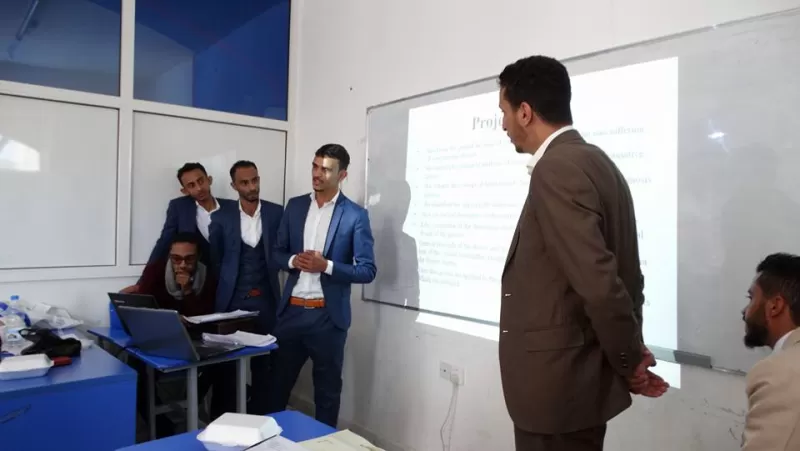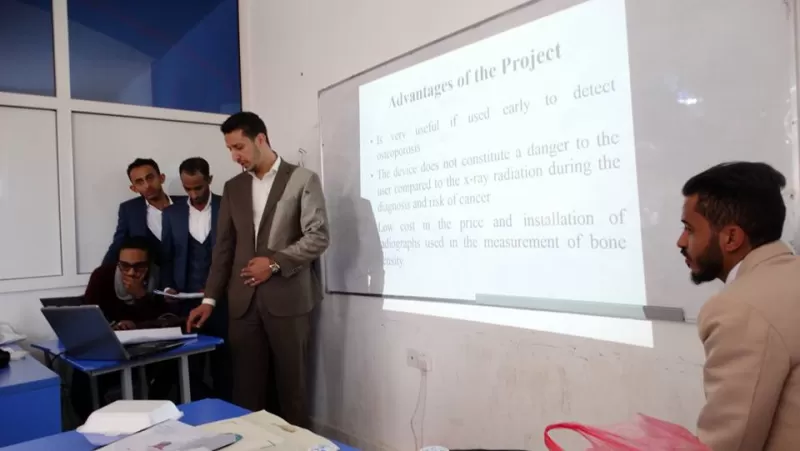Emirates International University
Modernity
Distinguish
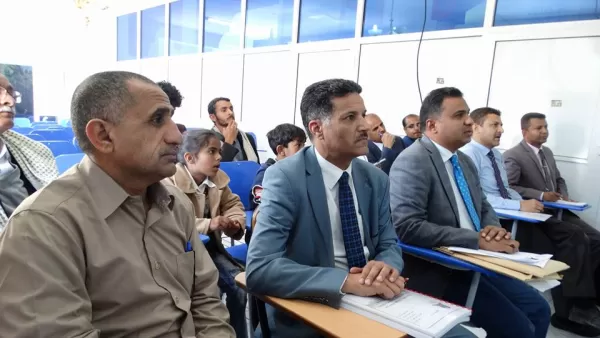
Discussing graduation projects for students of the Medical Equipment Engineering Department at the Faculty of Engineering at the university
University media
The Department of Medical Equipment at the College of Engineering and Information Technology at the university discussed a number of graduation projects for the department’s students in the presence of the university president, Dr. Najib Al-Kamim, the dean of the college of engineering, Dr. Khalil Al-Wajeeh, the head of the medical equipment department, Dr. Mushtaq Al-Azazi, the head of the Mechatronics Department, Dr. Hatem Al-Dais, the head of the oil and gas department, Dr. Ibrahim Al-Qubati, and the head of the technology department. Information Dr. Anwar Al-Shamiri and a number of faculty members and their assistants at the university and a number of university students and their relatives. Where the students were divided into two groups that presented two projects, where the first group presented a low-cost electrical muscle stimulator device, presented by the students: Mazen Al-Alamani, Anwar Al-Mada’i, Muhammad Hatem Al-Lahbi, Aseel Asba, Anas Al-Hammadi, Awsan Muhammad Ali Asbah, and the supervision of Dr. Mushtaq Al-Azazi, where the focus in this project was on stimulation. Muscular electromyography, which applies an electric current with specific specifications, directly or indirectly, to achieve a physiological muscle response Or to activate a specific mechanism to take advantage of the physiological effects of electric current on the muscles to treat muscle pain, strengthen muscles, increase their range of motion, delay atrophy, treat frozen shoulder, and other treatments. A study was made of the cases that are treated by electrical stimulation and the standard parameters were taken from them, then an electronic circuit was applied to control several parameters entered by the physical therapist to obtain treatment patterns proportional to the different pathological conditions, where the wide field of electrical stimulation applications makes it difficult to reach a circuit that includes all treatment parameters. At the end of the research, a circuit was designed that applies sinusoidal, triangular and square electrical signals with variable voltage and frequency that the therapist also chooses according to the pathological condition and the patient's response. And the project presented by the second group was a device that measures bone density using ultrasound to determine osteoporosis instead of the devices currently used to measure bone density by x-ray, which is considered one of the radiations that greatly affect the human body, especially patients who have Benign or malignant tumors are prohibited from exposing them to this type of ionizing radiation. The device aims to get rid of one of the main problems that is considered a main obstacle in diagnosing osteoporosis by providing a completely safe diagnostic device for human health that gives measurement results with very high accuracy that comply with international standards used in the analysis and measurement of osteoporosis. The idea of the device lies in the fact that it uses safe ultrasound waves with a frequency of 40KHz, through which it is damped during exposure to the bone and its rate of speed. The density ratio of this bone is measured and the percentage of fragility in it is determined whether it is high, low or in a normal condition. The device represents a diagnostic method, not a treatment, and it is very useful if it is used early to detect osteoporosis. At the end of the project, the group reached a device capable of giving realistic and actual diagnostic results through which osteoporosis was detected, after conducting a set of tests on patients suffering from this disease and healthy ones. Through the measurement results obtained by the group, the effectiveness of the device was determined and satisfactory results were obtained in early diagnosis. The device is characterized in that it is easy to use, light in weight, and can be easily transported and used without resorting to a doctor, and its cost is low compared to other techniques used to measure bone density. The project is under the supervision of Dr. Awad Al-Qubati and presented by the students: Taha Ali Nasser Al-Numeiri, Adnan Saleh Ali Al-Saheqi, Hussam Fahmy Al-Athori, Aseel Ahmed Al-Nazili and Taha Abdullah Al-Qasimi. The submitted projects were well received by the supervisors and attendees, who considered them to be distinct projects that reflect the position of the university and the quality education it provides to its students through a distinguished and qualified cadre, an integrated infrastructure and an educational environment that contribute to motivation and the acquisition of scientific and practical experiences.


